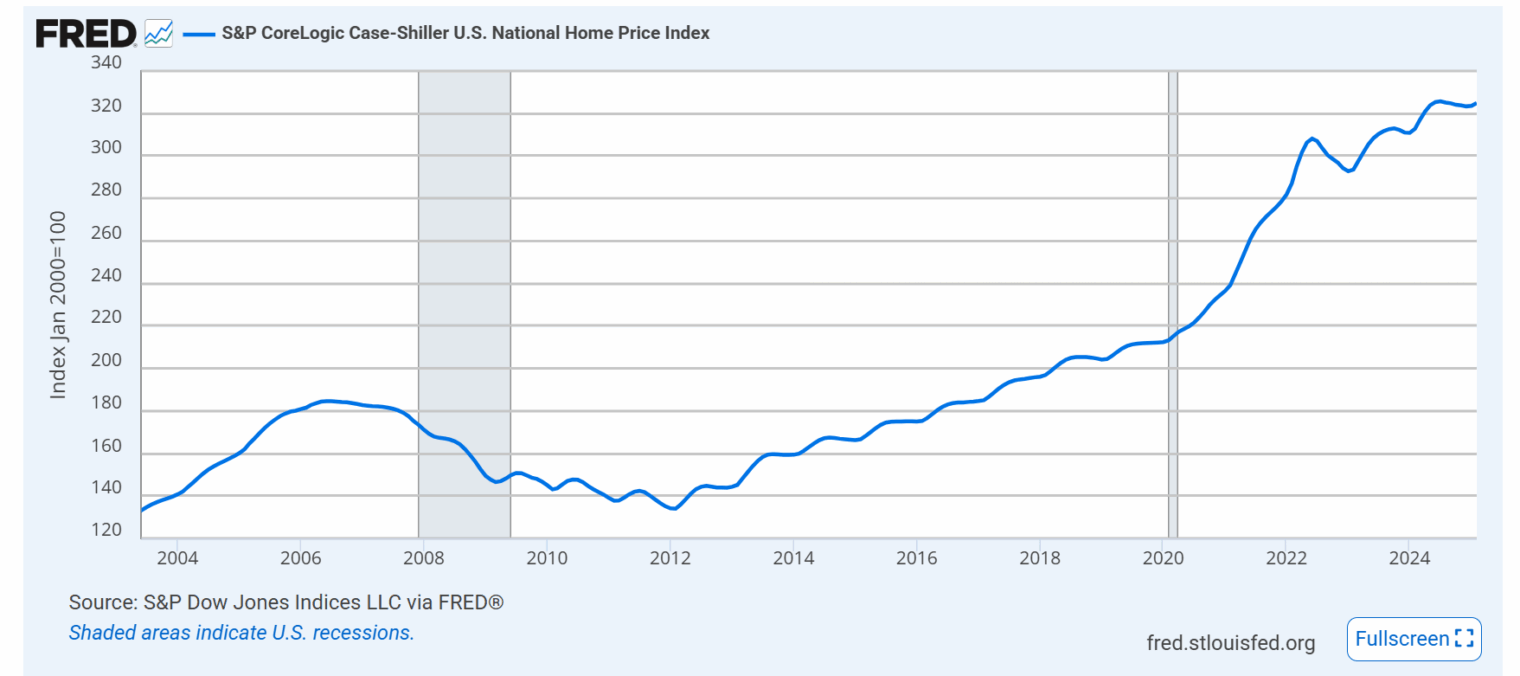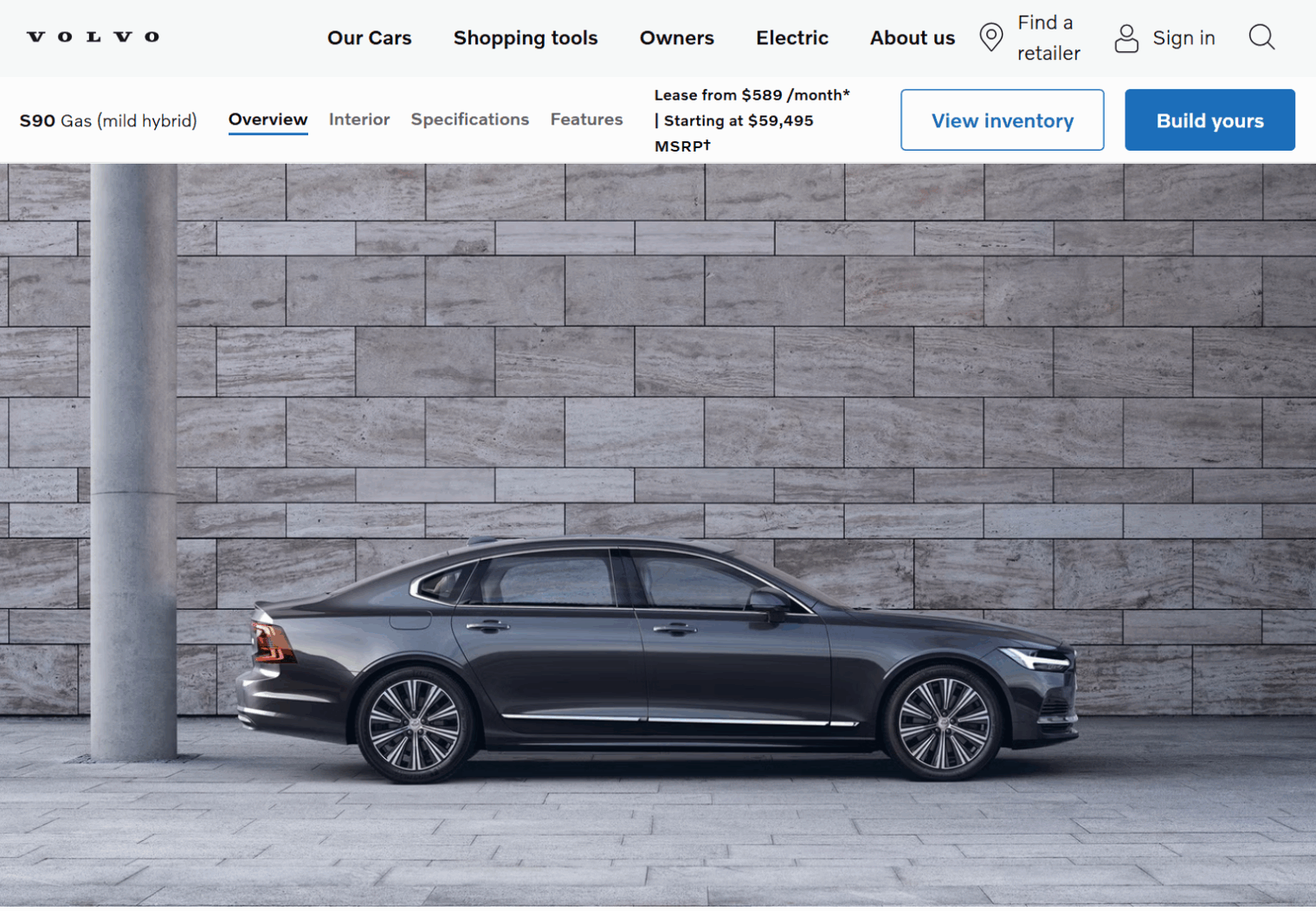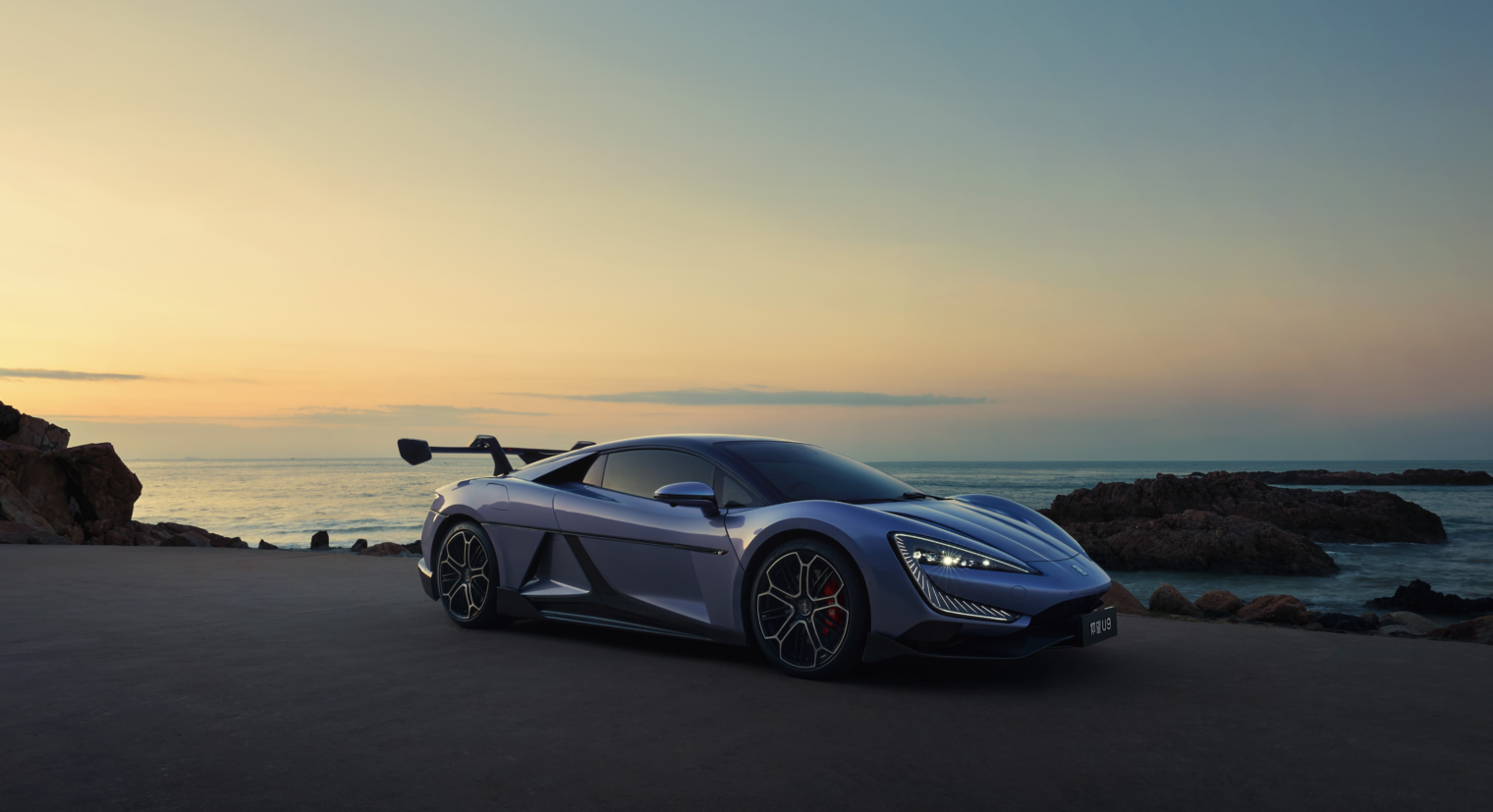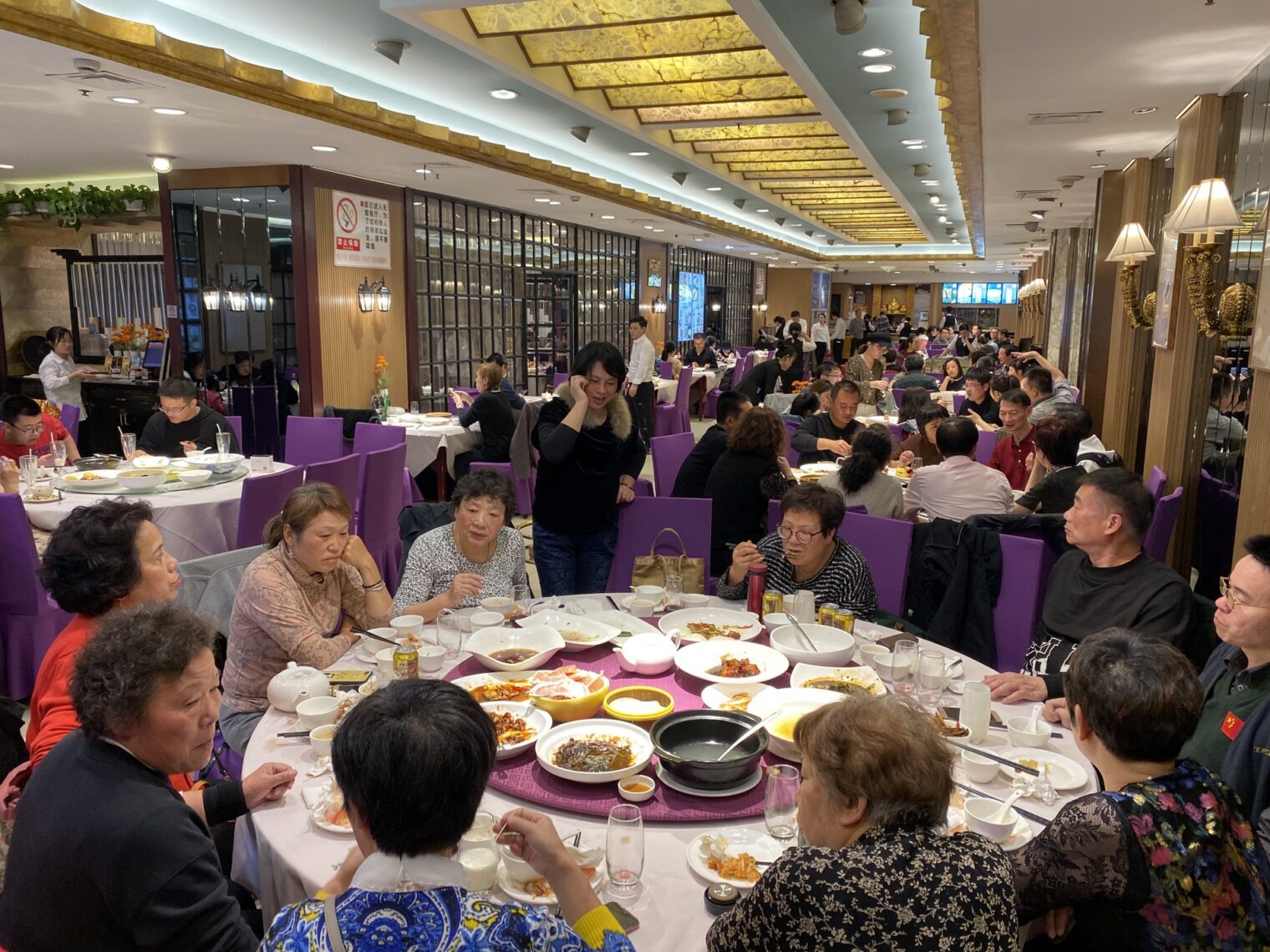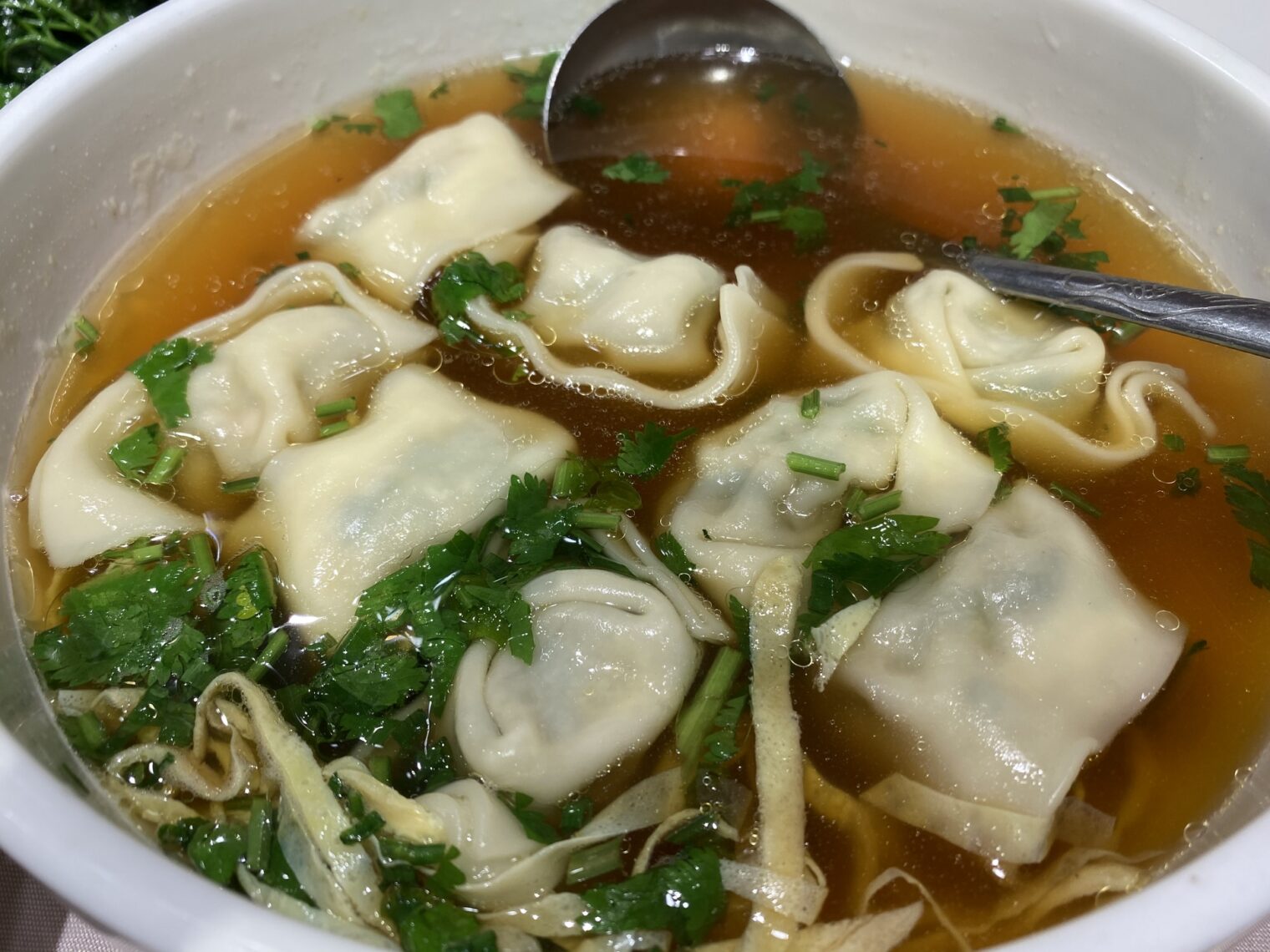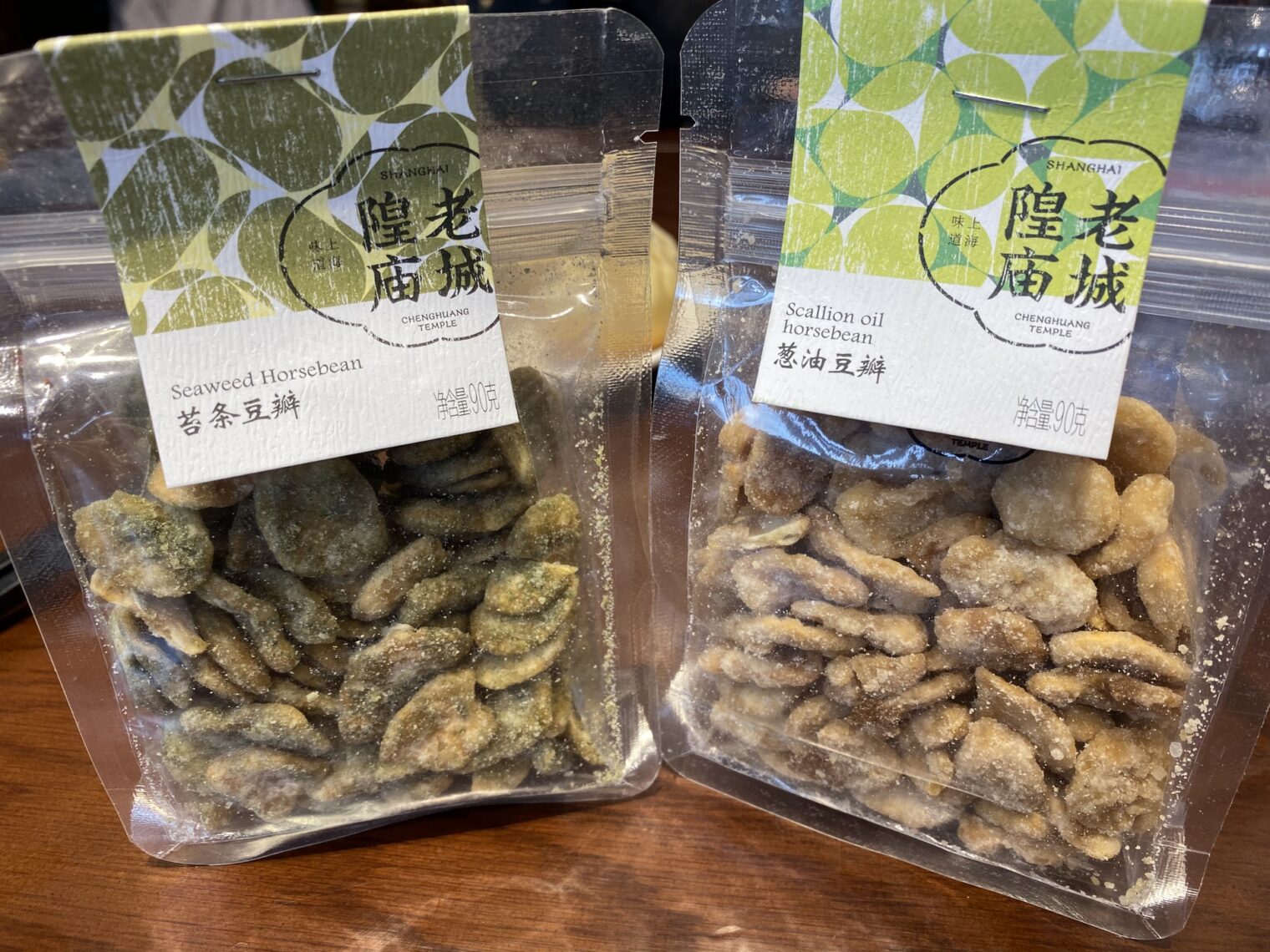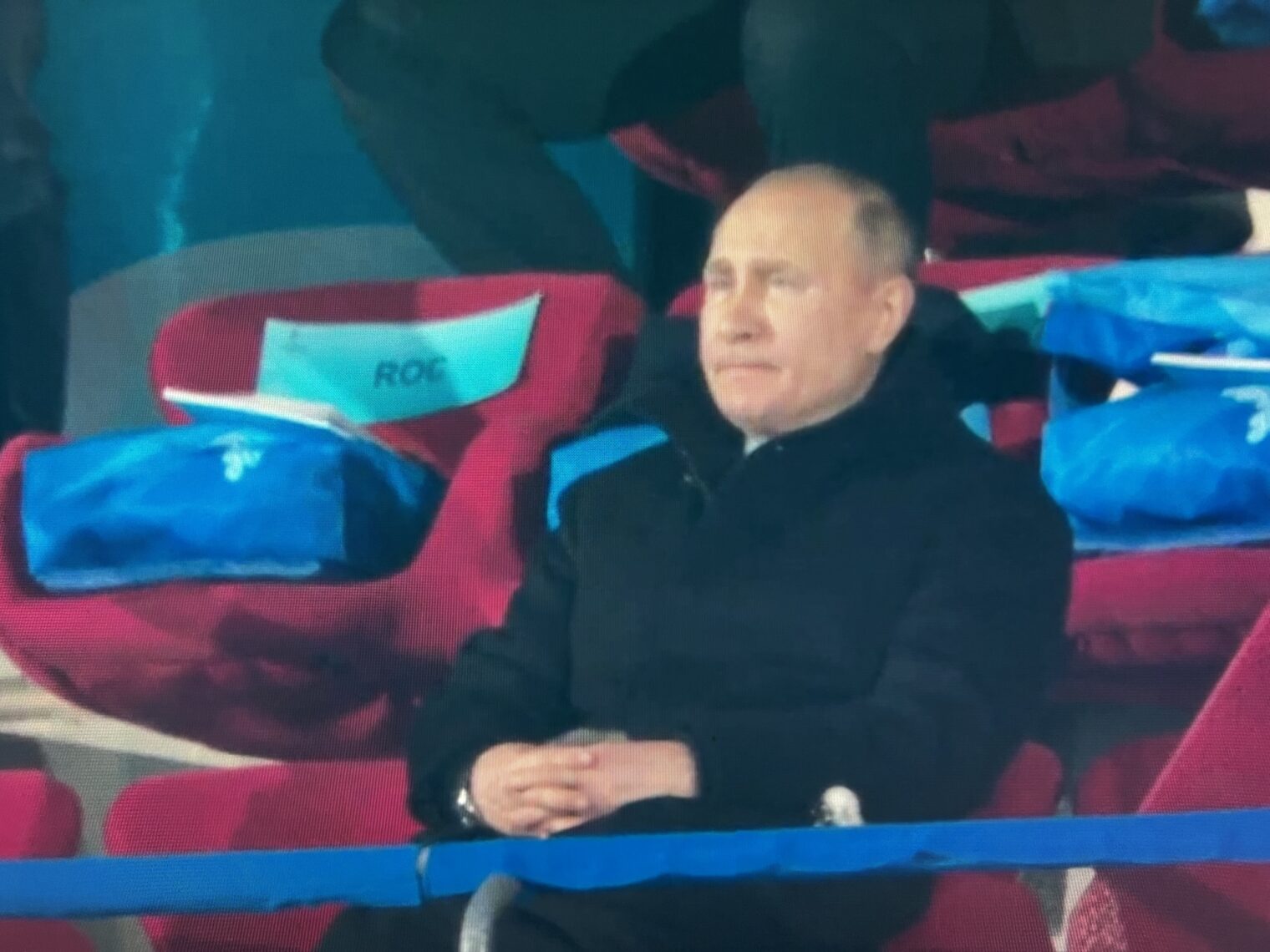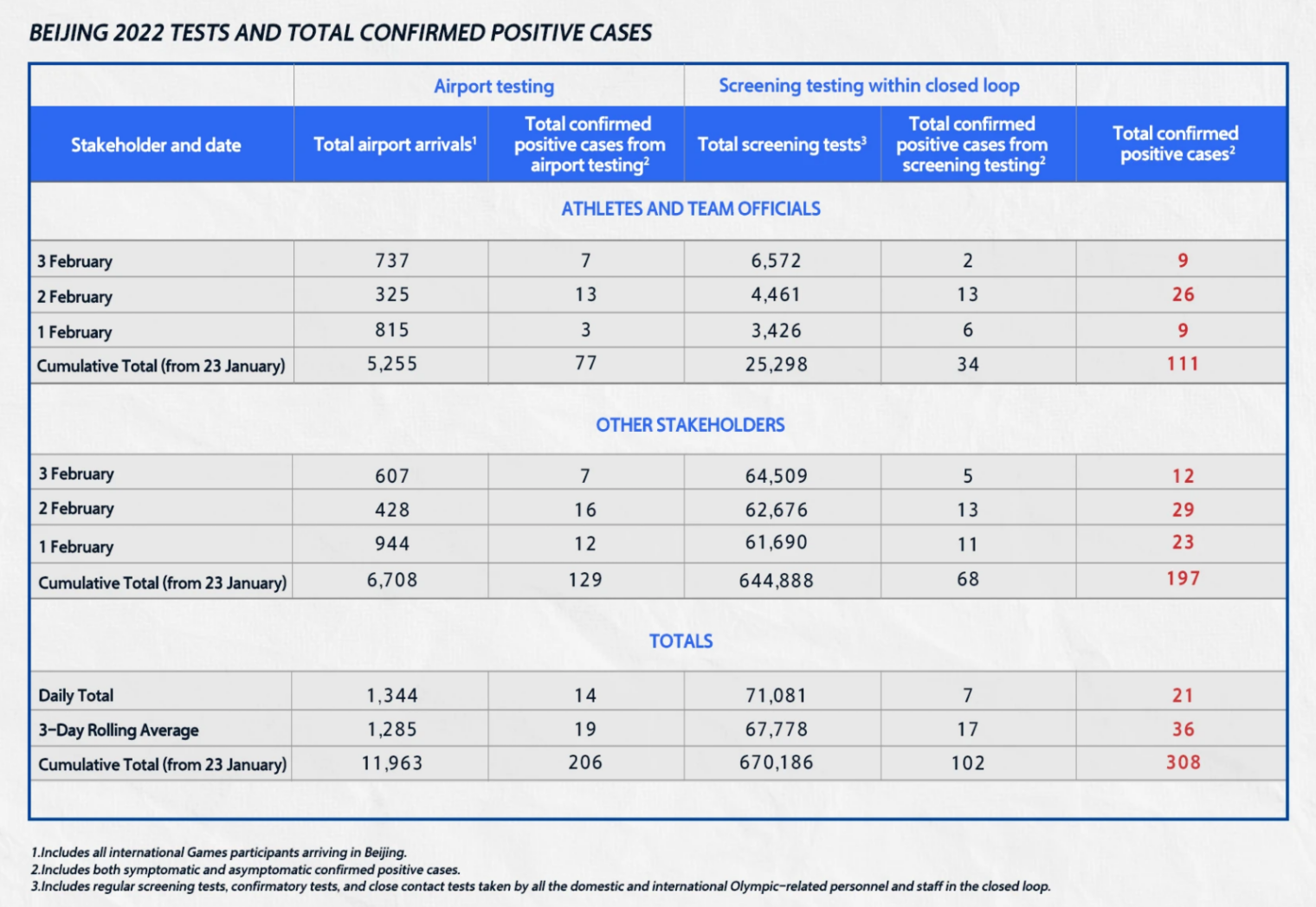Unprovoked genocide against the Uyghurs
I’m reading House of Huawei: The Secret History of China’s Most Powerful Company. I’ll try to cover the book’s main subject in a later post, but this one is about the use of propaganda.
The author:
Eva Dou covers technology policy for The Washington Post. A Detroit native, she previously spent around a decade covering international politics and technology for the Post and the Wall Street Journal in Beijing, Seoul and Taipei. She is currently based in Washington D.C.
In other words, the author is embedded in U.S. corporate media. What does she have to say about our rivals in China?
By late 2017, there were growing signs that something was very wrong in China’s far-west Xinjiang region. Guards with machine guns manned checkpoints in and out of cities; travelers had to have their faces scanned and walk through full-body scanners. On the streets, pedestrians were stopped by police at random to have their phones checked for illegal political or religious content. Gas stations were barricaded and ringed with razor wire as a precaution against bombings. Officials warned that even modest expressions of Islamic faith, such as growing a beard or wearing a headscarf, would be scrutinized as potential signs of extremism. And a growing number of people—especially members of the Uyghur ethnic minority—were being hauled off without trial to prisonlike sites called “reeducation centers.” Estimates of how many people were detained (in either short-term or long-term detention) ranged from the hundreds of thousands to more than a million. Reports of torture, abuse, and deaths trickled out. Under the banner of counterterrorism, Xinjiang had become the world’s most repressive high-tech surveillance state. And Huawei had helped build it. The company’s next-generation fast networks, facial-recognition algorithms, and high-definition cameras had all combined to build an invisible net of enormous scale. Huawei was not the only tech company to sell surveillance gear into Xinjiang. But it was certainly among the major suppliers. In Xinjiang, and across the nation, Huawei was hawking a fulsome portfolio of advanced surveillance technologies, built in cooperation with hundreds of startups and other partner companies. There were smart glasses that police could wear on patrol to scan crowds for faces on a watch list. There were high-definition police body cams that streamed live to a big screen back at the command center. There was a listening device that could monitor and analyze conversations within a ten-meter radius outdoors, day and night. There were biometric scanners that picked up iris patterns in the eyes, which could be used to identify a person, similarly to fingerprints. There was a voiceprint database to match voices on audio recordings against known individuals. These gadgets were often marketed under the brands of Huawei’s partner companies, with Huawei satisfied to take a low-key role.
The Chinese, in other words, engaged in unprovoked aggression against the Uyghurs purely because of prejudice against “Islamic faith” and “ethnic minorities”. This was done “under the banner of counterterrorism”, but the author doesn’t mention any terrorist incidents in which Uyghurs might have been involved. What does American-produced AI have to say?
Various incidents described by Chinese authorities as terrorist attacks or riots by Uyghur separatists have occurred in China, particularly in the Xinjiang region, over the past few decades.
“Major incidents often cited include:
- July 2009 Ürümqi riots: Ethnic violence in the capital of Xinjiang resulted in the deaths of nearly 200 people, mostly Han Chinese civilians.
- March 2014 Kunming railway station attack: A group of knife-wielding assailants attacked civilians, killing 31 people and injuring 141 others. This attack occurred outside of the Xinjiang region.
- April 2014 Ürümqi train station attack: A knife attack and suicide bombing killed three people and injured 79.
- May 2014 Ürümqi street market attack: Two vehicles were driven into a market and explosives thrown at shoppers, resulting in 43 deaths and over 90 injuries, making it one of the deadliest attacks in the conflict.
The Chinese government has consistently attributed these events to Uyghur separatist and extremist groups, notably the East Turkistan Islamic Movement (ETIM), also known as the Turkistan Islamic Party (TIP).”
I find it interesting how the official “Chinese bad; Islam is the Religion of Peace” line can be subtly supported even by a book about a telco supplier. (Note that the above passage, read by a skeptical person, actually calls into doubt the Biden administration’s “genocide” accusation. If the Chinese government were simply killing most or all Uyghurs they wouldn’t need to bother with high tech surveillance.)
(Of course, the Chinese response to jihad was quite different from what the U.S. has done, e.g., the deaths on 9/11 motivated us to open the borders to a vastly larger group of Muslim immigrants, the 2016 jihad of second-generation Afghan-American Omar Mateen motivated us to bring in Rahmanullah Lakanwal, one of his wives, and four of his kids.)
Related:
- “As the Olympics Unfold, a Look at China’s Treatment of Uyghur Muslims” (BBC): … a diplomatic boycott the Biden administration announced in December 2021, prompted by what Press Secretary Jen Psaki called the Chinese government’s “ongoing genocide and crimes against humanity in Xinjiang and other human rights abuses.”

